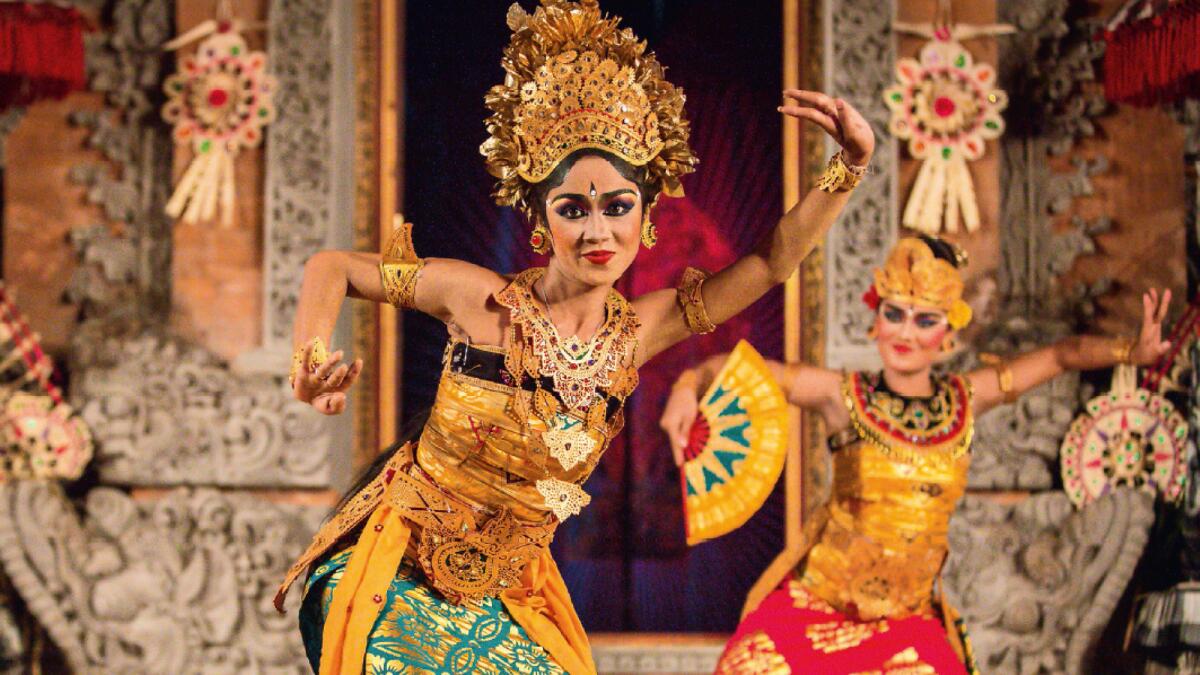Exploring the Rich Tapestry of Traditional Dance
Traditional dance, a timeless expression of culture and heritage, serves as a captivating window into the soul of diverse societies across the globe. Encompassing a myriad of styles, each steeped in its unique history and symbolism, traditional dance transcends mere movement, resonating with profound significance and cultural resonance.

A Glimpse into History
Traditional dance finds its roots intertwined with the very fabric of human existence, tracing back through the annals of time to ancient rituals and communal celebrations. From the spirited folk dances of Europe to the rhythmic beats of African tribal ceremonies, the history of traditional dance is as diverse as the cultures that birthed them.
Cultural Significance and Symbolism
Embedded within the intricate choreography and gestures of traditional dance lies a wealth of cultural significance and symbolism. Every movement, every step, is imbued with meaning, serving as a vessel for storytelling, religious devotion, or rites of passage. From the graceful sways of the Hawaiian hula, depicting tales of love and nature, to the precise footwork of Indian classical dance, symbolizing spiritual devotion and mythological narratives, each tradition offers a glimpse into the values and beliefs of its practitioners.
Preserving Heritage Through Movement
In an ever-changing world, traditional dance stands as a steadfast guardian of cultural heritage, preserving ancient traditions and customs for future generations. Through meticulous practice and dedication, communities worldwide strive to ensure the continuity of their dance forms, passing down age-old techniques and stories from one generation to the next. This preservation effort not only honors the past but also fosters a sense of identity and belonging among practitioners, strengthening the bonds of community and tradition.
Celebrating Diversity and Unity
Traditional dance serves as a powerful vehicle for celebrating the rich tapestry of human diversity while simultaneously fostering a sense of unity and connection. In multicultural societies, it serves as a bridge between different ethnicities and backgrounds, offering a platform for dialogue and mutual understanding. Through collaborative performances and cultural exchange initiatives, traditional dance has the power to break down barriers, promote tolerance, and celebrate the beauty of human expression in all its forms.
Evolution and Innovation
While deeply rooted in tradition, traditional dance is by no means stagnant. Like any living art form, it continues to evolve and adapt to the changing times, incorporating new influences and innovations while staying true to its cultural heritage. From contemporary reinterpretations of classic folk dances to fusion collaborations that blend elements from different traditions, the world of traditional dance remains dynamic and ever-evolving, reflecting the vibrancy of the societies from which it emerges.
The Transformative Power of Performance
At its core, traditional dance is a form of storytelling, a means of communication that transcends language barriers and speaks to the universal human experience. Whether performed in intimate settings or on grand stages, traditional dance has the power to evoke a range of emotions, transporting both performers and audiences alike to realms of beauty, joy, and contemplation. Through its transformative power, it has the ability to inspire, educate, and provoke thought, leaving a lasting impression on all who witness its magic.
Embracing the Future
As we journey into the future, traditional dance remains an invaluable treasure, a source of inspiration and connection in an increasingly globalized world. By honoring and celebrating the traditions of the past, we enrich the cultural landscape of tomorrow, ensuring that the legacy of traditional dance continues to thrive for generations to come. In embracing the beauty and diversity of traditional dance, we embrace the essence of humanity itself, finding solace and unity in the shared language of movement and music.
Conclusion
In the intricate steps of traditional dance, we find echoes of our shared history, our cultural heritage, and our collective aspirations. Across continents and generations, traditional dance continues to captivate and inspire, weaving together the threads of human experience into a tapestry of beauty and meaning. As we celebrate the rich diversity of traditional dance, let us also recognize its power to unite, to educate, and to transform, ensuring that its timeless legacy endures for generations to come.